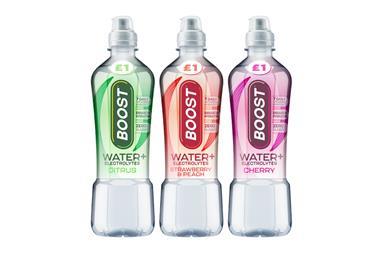Sweet chariot
It’s fun, convenient and with ‘better for you’ new product development, sugar confectionery is set to remain a major vehicle for retailer profit for years to come. Jackie David reports
ALREADY HAVE A REGISTERED USER ACCOUNT? PLEASE LOG IN HERE
To read the full story join the ConvenienceStore.co.uk community today!
Registration is quick and easy and provides access to:
- Unlimited ConvenienceStore.co.uk articles
- Our great range of newsletters
- Content you’ve saved for later via the ‘my library’ feature
And much more…





























